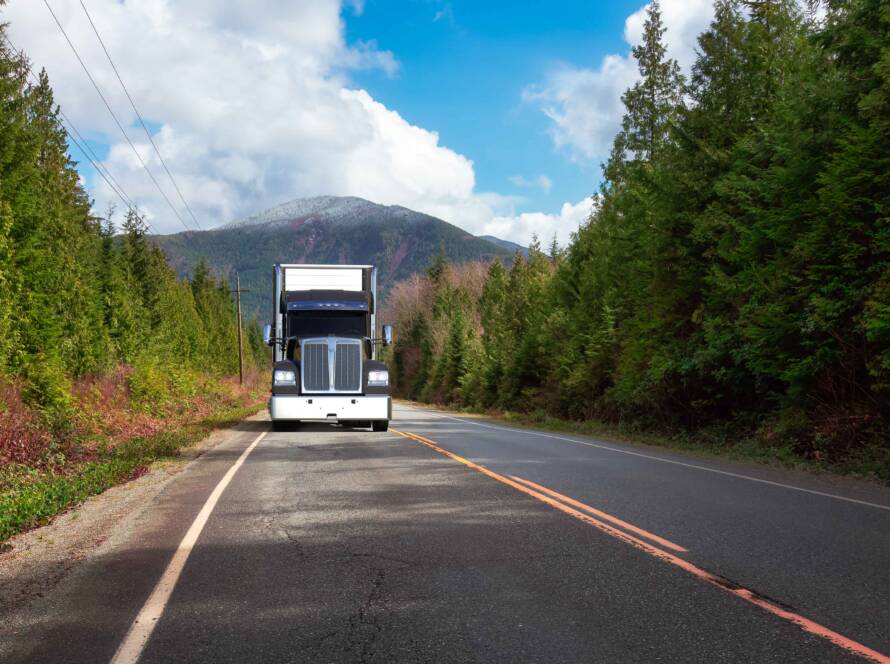Understanding Road Resurfacing
Road resurfacing is a crucial aspect of highway maintenance that plays a significant role in ensuring the safety, comfort, and longevity of our road networks. But how often should this process be carried out? The answer depends on several factors, including:
- Traffic volume
- Climate conditions
- Quality of initial construction
- Type of surface material
Factors Influencing Road Resurfacing Frequency
Traffic Volume
Roads that experience higher traffic volumes, especially heavy vehicles like trucks and buses, will generally require more frequent resurfacing. The constant pressure and wear from these vehicles can cause the road surface to deteriorate more quickly.

Climate Conditions
Extreme weather conditions can also have a significant impact on the lifespan of a road surface. Areas that experience:
- Harsh winters with frequent freeze-thaw cycles
- Intense summer heat
- Heavy rainfall or flooding
These conditions can accelerate the deterioration process, necessitating more frequent resurfacing.
Quality of Initial Construction
The quality of the initial road construction plays a vital role in determining how long the surface will last before requiring resurfacing. A well-constructed road with proper drainage, a solid foundation, and high-quality materials will generally have a longer lifespan than a poorly constructed one.
Type of Surface Material
The type of material used for the road surface can also influence the frequency of resurfacing. Some common surface materials include:
- Asphalt
- Concrete
- Chip seal
- Gravel
Each material has its own unique properties, advantages, and disadvantages that can affect its durability and the need for resurfacing.
Average Resurfacing Frequency
While the exact frequency of road resurfacing can vary based on the factors mentioned above, there are some general guidelines that highway maintenance authorities typically follow:
1. Asphalt roads: Resurfacing every 10-15 years
2. Concrete roads: Resurfacing every 20-30 years
3. Chip seal roads: Resurfacing every 5-7 years
4. Gravel roads: Regular maintenance and grading, with resurfacing as needed
It’s important to note that these are average timelines, and the actual resurfacing frequency for a specific road may be shorter or longer depending on its unique conditions and usage.
The Importance of Regular Road Maintenance
In addition to periodic resurfacing, regular road maintenance is essential to extend the life of a road surface and delay the need for more extensive repairs. This can include:
- Filling potholes and cracks
- Sealing surface cracks to prevent water infiltration
- Maintaining proper drainage
- Clearing debris and obstacles
“An ounce of prevention is worth a pound of cure.” – Benjamin Franklin
This famous quote aptly applies to road maintenance. By investing in regular upkeep, highway authorities can save significant costs in the long run by preventing more severe damage that would require costly repairs or premature resurfacing.
Conclusion
Determining the optimal frequency for road resurfacing is a complex task that requires considering multiple factors and balancing the needs of road users with the available resources. By understanding the key influences on road surface durability and following best practices for regular maintenance, highway authorities can ensure that our roads remain safe, comfortable, and reliable for years to come.



